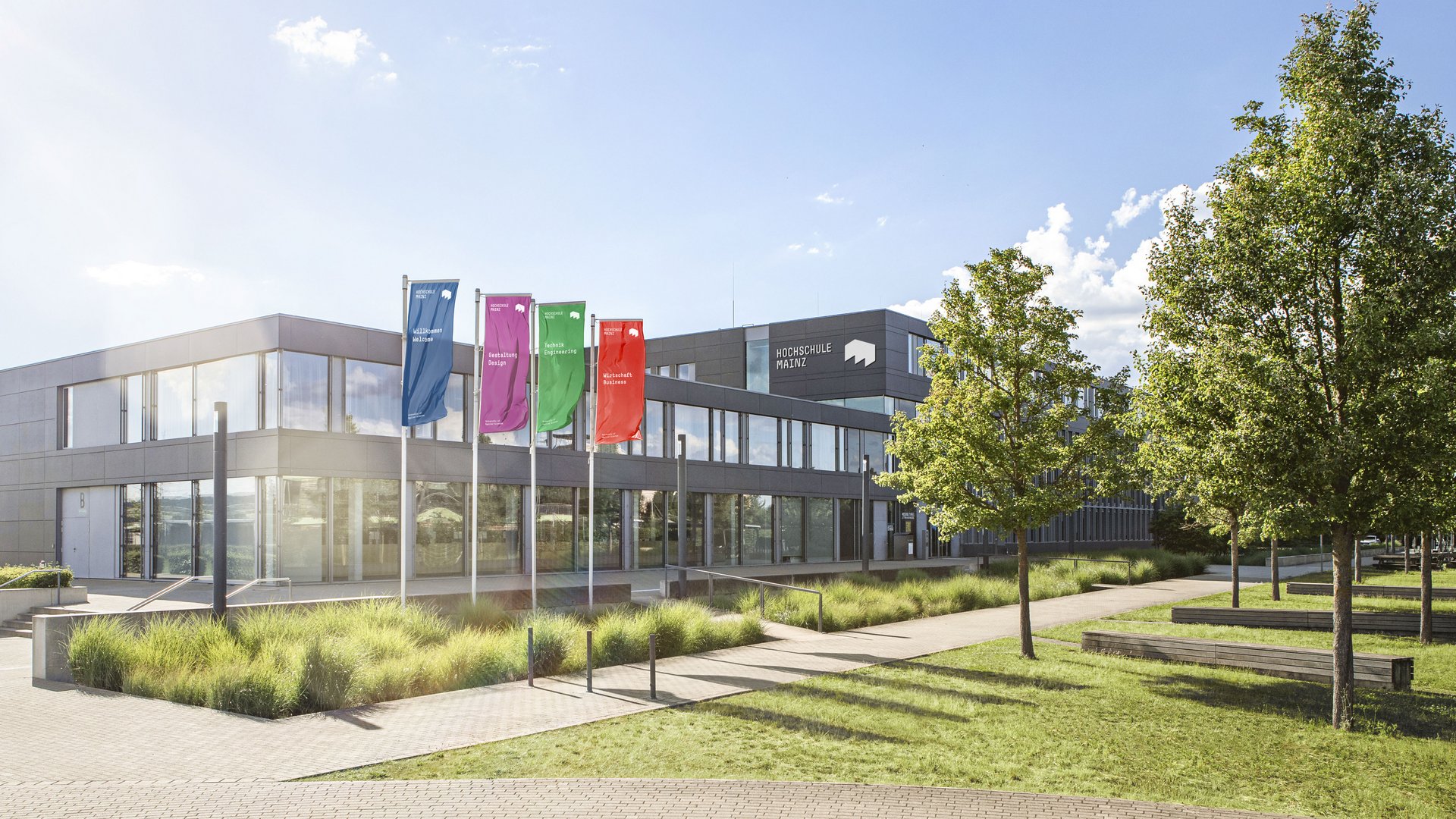Our History
Mainz University of Applied Sciences is a young university. It has been independent since 1996 and has been identified in its logo as a "University of Applied Sciences" since 1999.
But the origins go all the way back to 1757, the year in which the elector of Mainz decided to found an academy of painting and sculpture.
Much has changed since then: On 1 September 1996, the "Fachhochschule Rheinland-Pfalz", consisting of eight departments, was dissolved. A merger of the former departments Mainz I and Mainz II resulted in the Mainz University of Applied Sciences. Our German name was changed from "Fachhochschule Mainz" to "Hochschule Mainz" in September 2014, and around 5600 students are currently enrolled at the university.
Room for applied sciences
In 2009, the university moved into an attractive new building on the campus in the immediate vicinity of Johannes Gutenberg University.
The School of Business with over 3,000 students, the Department of Applied Informatics and Geodesy with its workshops and laboratories, and our central administration are located here. In addition, student dormitories and a day-care center for the children of students and employees of the university are available directly at our doorstep.
With a second construction phase for the schools currently housed in the city center of Mainz, we will unite all areas of our university at the new site. The aim is a modern campus that offers optimal opportunities for study, research and development; promotes interdisciplinary work as well as concentration; uses synergy effects and creates a sense of identity.
